The AEC Market is currently characterized by a dynamic competitive landscape, driven by a confluence of technological advancements, sustainability initiatives, and evolving client demands. Major players such as AECOM (US), Jacobs Engineering Group (US), and Skanska (SE) are strategically positioning themselves to leverage these trends. AECOM (US) focuses on integrating digital solutions into its project delivery, enhancing efficiency and client engagement. Meanwhile, Jacobs Engineering Group (US) emphasizes sustainability, aiming to reduce carbon footprints across its projects, which aligns with global environmental goals. Skanska (SE) is actively pursuing regional expansion, particularly in North America, to capitalize on the growing infrastructure investments. Collectively, these strategies not only enhance their competitive edge but also shape the market's trajectory towards innovation and sustainability.
In terms of business tactics, companies are increasingly localizing their operations to better serve regional markets and optimize supply chains. The AEC Market appears moderately fragmented, with a mix of large multinational firms and smaller regional players. This structure allows for a diverse range of services and competitive offerings, although the influence of key players remains substantial. The collective actions of these firms indicate a trend towards collaboration and strategic partnerships, which may further consolidate their market positions.
In August 2025, AECOM (US) announced a partnership with a leading technology firm to develop a new digital platform aimed at streamlining project management processes. This initiative is expected to enhance operational efficiency and provide clients with real-time insights into project progress, thereby improving overall satisfaction. The strategic importance of this move lies in AECOM's commitment to digital transformation, which is increasingly becoming a prerequisite for success in the AEC Market sector.
In September 2025, Jacobs Engineering Group (US) unveiled its ambitious plan to achieve net-zero emissions by 2030, a goal that underscores its commitment to sustainability. This initiative not only positions Jacobs as a leader in environmentally responsible construction but also aligns with the growing demand for sustainable practices among clients. The strategic implications of this move suggest that Jacobs is likely to attract environmentally conscious clients, thereby enhancing its market share in a competitive landscape.
In July 2025, Skanska (SE) secured a major contract for a high-profile infrastructure project in the U.S., marking a significant milestone in its regional expansion strategy. This contract is expected to bolster Skanska's presence in the North American market, allowing it to tap into the increasing investments in infrastructure. The strategic importance of this contract lies in its potential to enhance Skanska's reputation and operational capacity in a lucrative market.
As of October 2025, the AEC Market is witnessing a pronounced shift towards digitalization, sustainability, and the integration of artificial intelligence in project delivery. Strategic alliances are becoming increasingly pivotal, as firms collaborate to enhance their technological capabilities and service offerings. The competitive differentiation is likely to evolve from traditional price-based competition to a focus on innovation, technology integration, and supply chain reliability. This shift indicates that companies that prioritize these aspects will be better positioned to thrive in an increasingly complex and competitive environment.



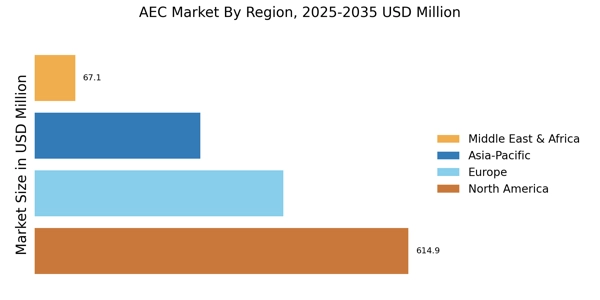
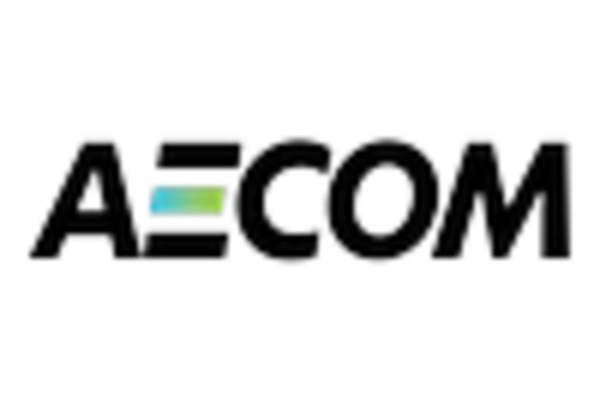
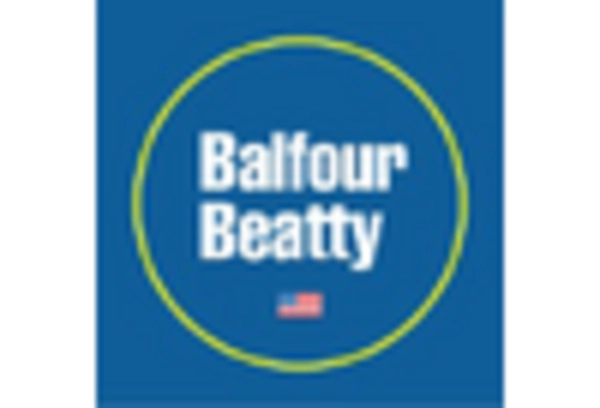
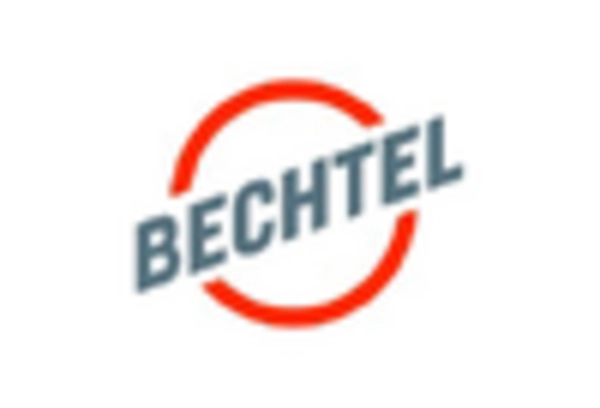
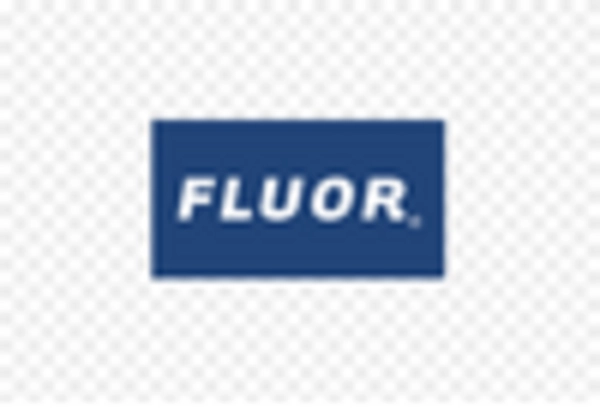


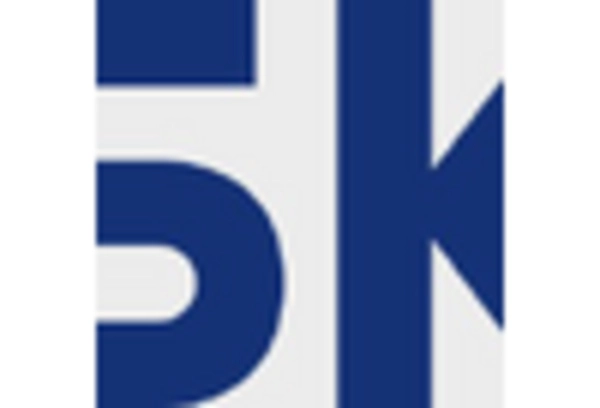








Leave a Comment